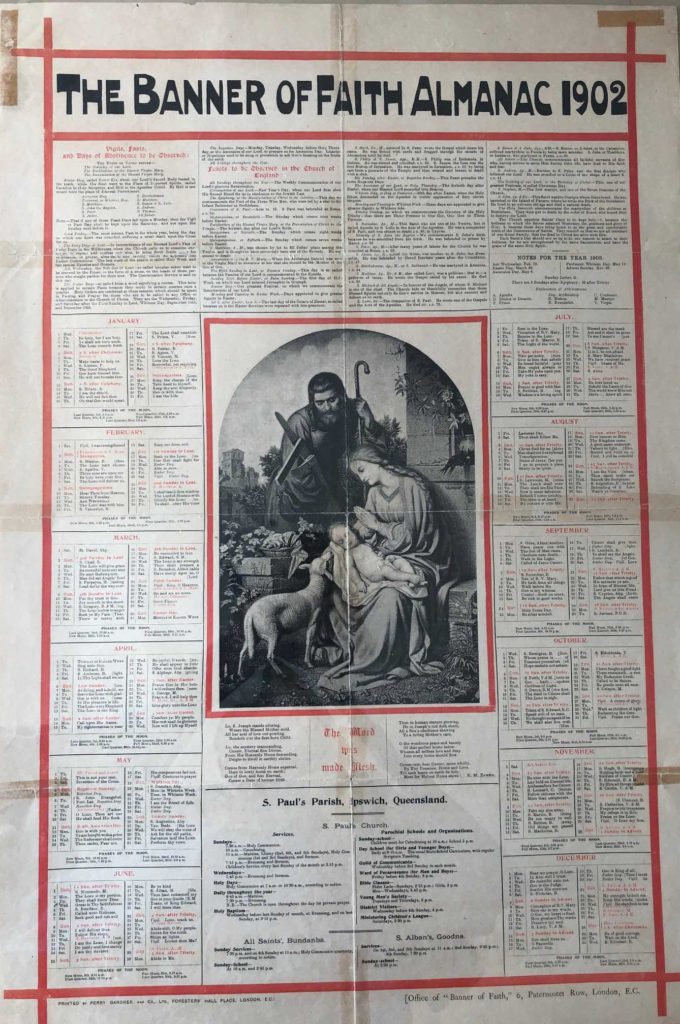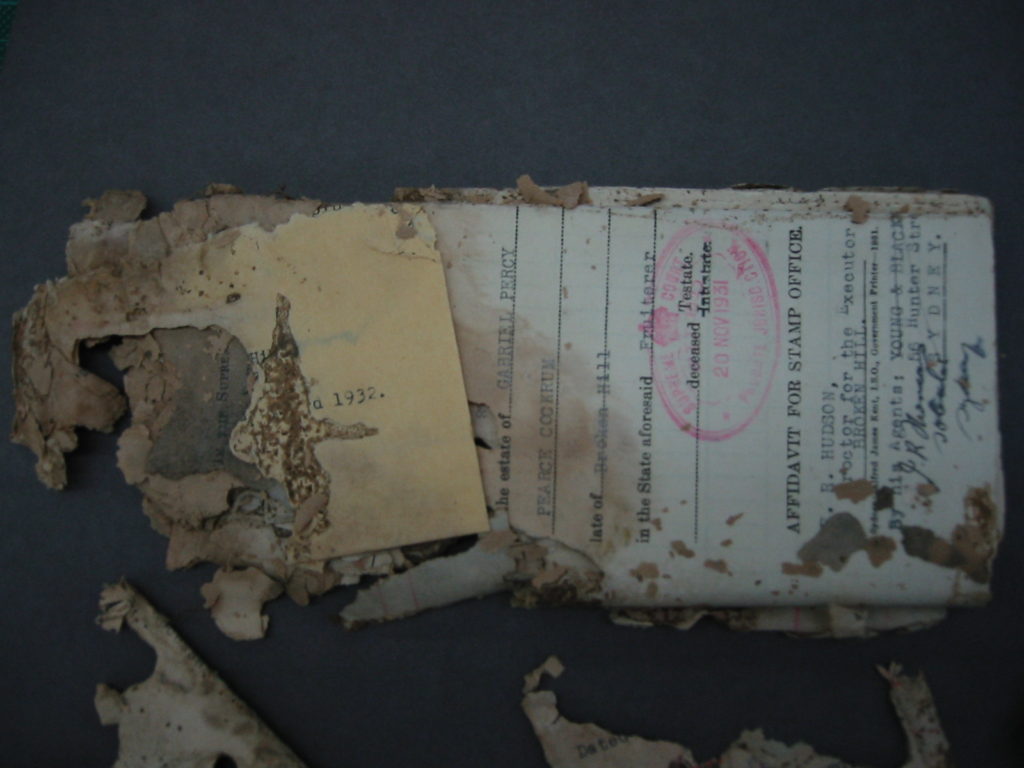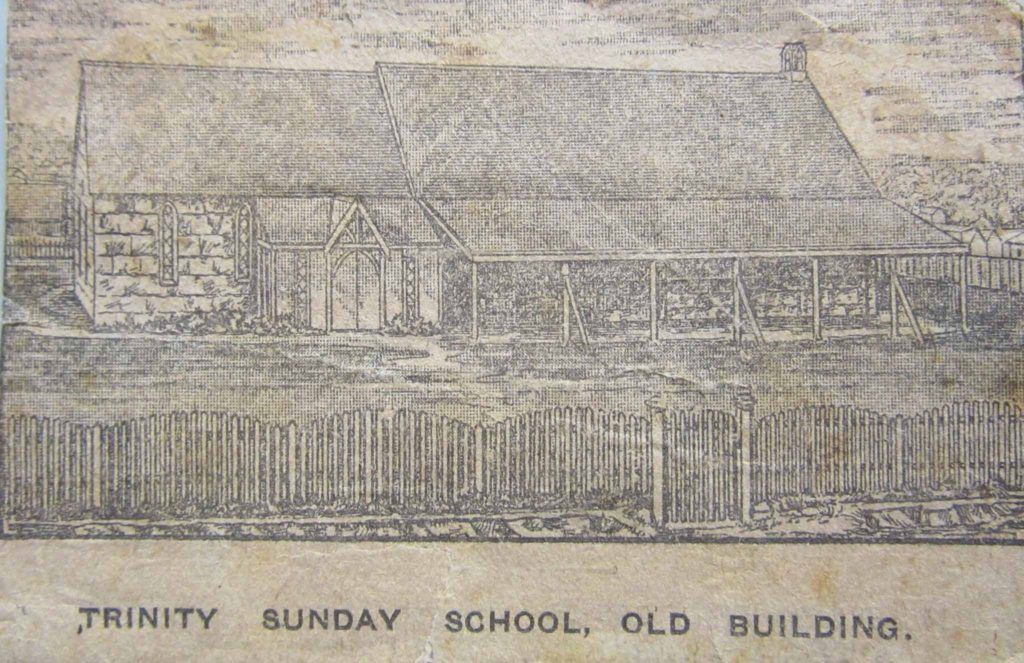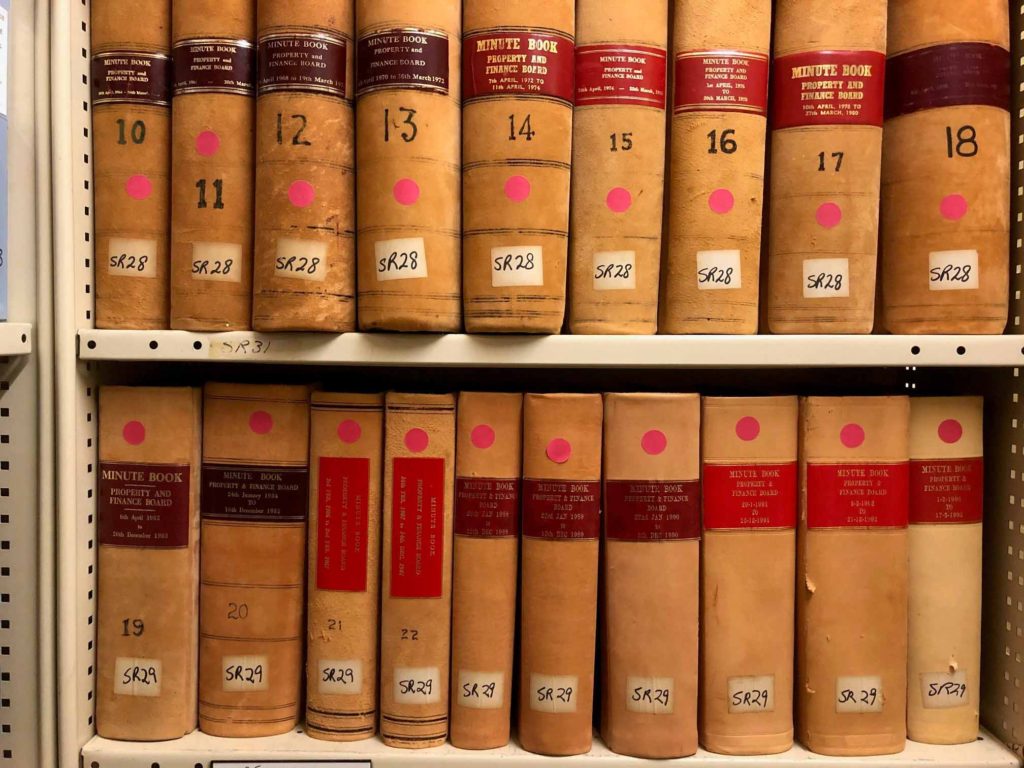The management of parish records
Features
Diocesan Archivist Michael Rogers offers guidance and tips for managing parish records, including on storage, mould and pest control, and which materials to use

In February this year, I wrote an article on ‘The archiving of parish records’. As a result, we have had a few parishes forwarding us records (including the Parish of Allora/Clifton and St Paul’s, Maryborough) and the team at St Paul’s, Ipswich asked me to visit. They showed me around their records storage and work areas (including a large acquisition of photographs), as well as their wonderful and historic church.

Image of St Paul’s, Ipswich, 1968
Recent transfers from a number of churches have highlighted an issue that is not uncommon. That being, the use of storage media and materials that is detrimental to the record. In most cases, records managers and administrators must make do with the resources that they have, which is understandable. However, there are a few things that parishes can do in terms of managing records that reduces the risk of damage and ensures that the records are stored securely until they need to be disposed or transferred to Records and Archives Centre.

St Paul’s, Maryborough church bell tower and hall
Records and files should be created using consistent naming or titling that will help later in searching and accessing the right information. Try and avoid naming files with ‘general’, ‘miscellaneous’, or ‘Garry’s stuff’.
For current files, try and store paper records in sturdy folders or enclosures, if possible. Please avoid using coloured paper or folders, sticky tape, metal paper clips and pins or sticky notes. Plastic enclosures and clip folders can be a good way of storing reference material on your desk, but official records should be placed in files and stored in a cool and dry area of the office – away from sunlight and water or other liquids.

The Banner of Faith Almanac 1902, as held by St Paul’s, Ipswich
When they are not being used for services and meetings, important records (such as Church Registers and Parish Council Minutes) should be stored in a safe or lockable filing cabinet. Parish staff should review current procedures to ensure that important records are only accessible to authorised clergy and personnel.
Inappropriate storage locations include outdoor sheds or attics, or under beds or houses. These locations increase the risk that the records may be mistakenly thrown away, potentially damaged by floodwater, or simply forgotten about – at least by humans. Pests LOVE forgotten records (or paper in general). All areas should be regularly checked for mould and pests, such as rodents, silverfish and cockroaches.

What severe insect damage to records can look like (Image courtesy of https://www.records.nsw.gov.au/recordkeeping/advice/solutions-for-storage/4-environmental-conditions)
If records have been damaged by mould or pests, or where their condition has deteriorated due to rust (from metal clips or pins), glue, sticky tape or other media, please contact the Records and Archives Centre for advice.
Parish offices should try and have a regular annual clean up and review of their paper and electronic files. Any temporary records should be disposed of on the disposal date, and duplicates, photocopies and reference material should be securely destroyed when no longer required. I was very pleased to hear that Nicole Reardon (Office and Facilities Manager at Holy Trinity, Fortitude Valley) is using the destruction log as included in the General Administrative Retention and Disposal Schedule, as it is good practice to keep a list or log of destructions for audit purposes.

Sketch of Holy Trinity, Fortitude Valley Sunday School
Top 5 tips for managing parish records:
- Avoid using materials which will damage the record.
- Look to store records in secure and appropriate conditions.
- Check for mould and pests on a regular basis.
- Conduct review of records on an annual basis and ensure that you keep a log of what you securely destroy.
- Contact the Records and Archives Centre team on 07 3835 2333 or via archives@anglicanchurchsq.org.au for advice or if you have any questions or concerns.
Further guidance and fact sheets are available through the Parish Portal.

Image of Registers held at the Records and Archives Centre of Property and Finance minutes






